Preceded by Office created | Name Minamoto Yoritomo | |
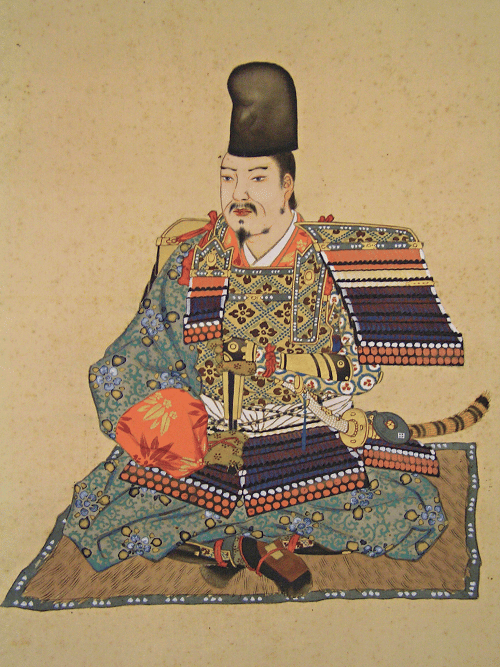 | ||
Spouse Hojo Masako (m. 1179–1199) Similar People | ||
Minamoto no yoritomo
Minamoto no Yoritomo (源 頼朝, May 9, 1147 – February 9, 1199) was the founder and the first shogun of the Kamakura shogunate of Japan. He ruled from 1192 until 1199. His buddhist name was Ogosho Atsushi Dai Zenmon (武皇嘯厚大禅門).
Contents
- Minamoto no yoritomo
- Early life
- Family
- Call to arms and the Genpei War 11801185
- Legacy
- Eras of Yoritomos bakufu
- References
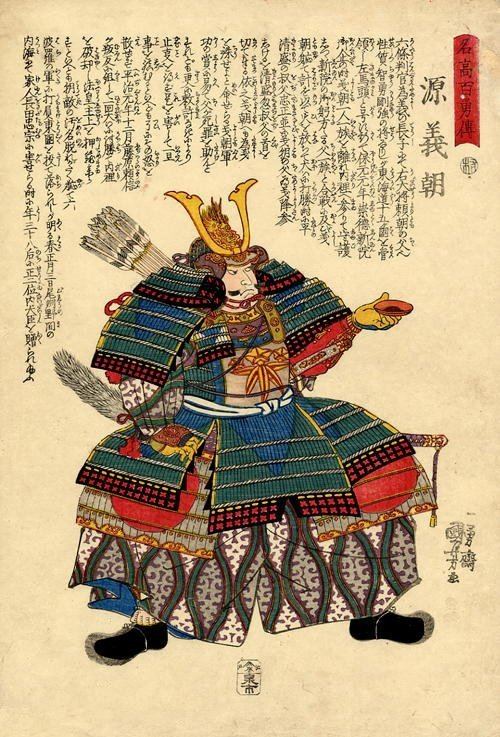
Early life
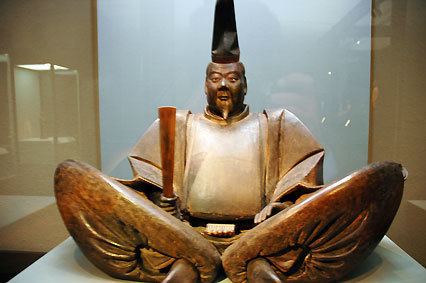
Yoritomo was the third son of Minamoto no Yoshitomo, heir of the Minamoto (Seiwa Genji) clan, and his official wife, Urahime, a daughter of Fujiwara no Suenori, who was a member of the illustrious Fujiwara clan. Yoritomo was born in Atsuta in Owari Province(present-day Atsuta-ku, Nagoya). At that time Yoritomo's grandfather Minamoto no Tameyoshi was the head of the Minamoto. His childhood name was Onitakemaru (鬼武丸).
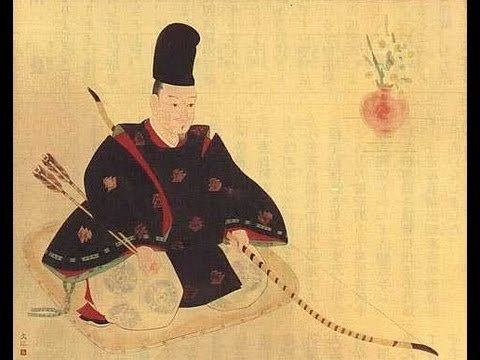
In 1156, factional divisions in the court erupted into open warfare within the capital. The cloistered Emperor Toba and his son Emperor Go-Shirakawa sided with the son of Fujiwara regent Fujiwara no Tadazane, Fujiwara no Tadamichi as well as Taira no Kiyomori (a member of the Taira clan), while Cloistered Emperor Sutoku sided with Tadazane's younger son, Fujiwara no Yorinaga. This is known as the Hōgen Rebellion.
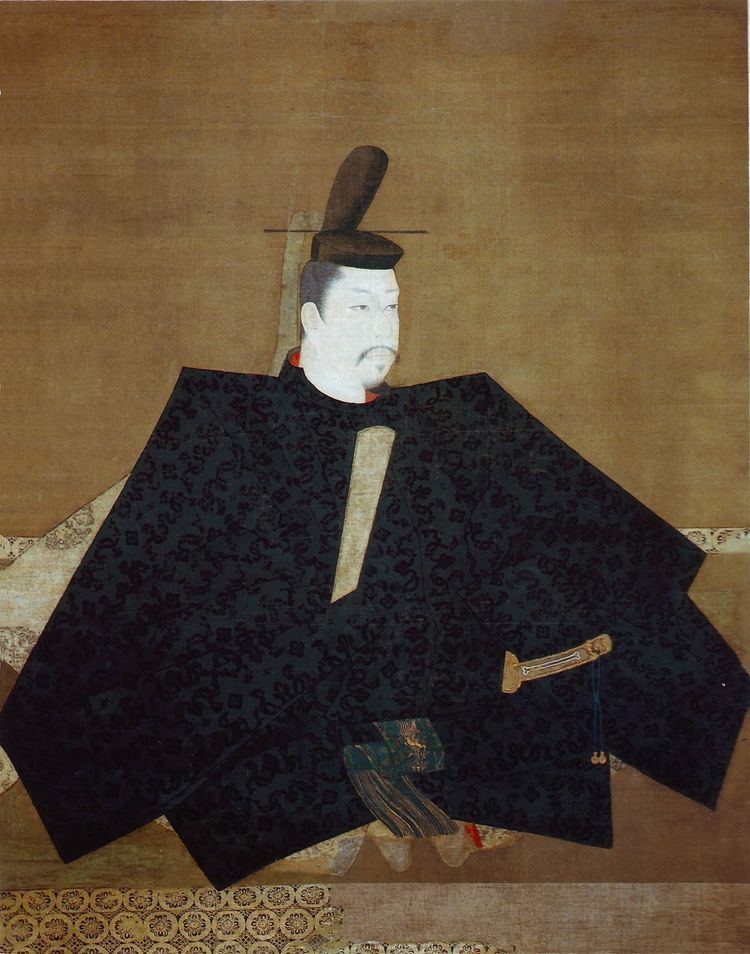
The Seiwa Genji were split. The head of the clan, Tameyoshi, sided with Sutoku; his son, Yoshitomo, sided with Toba and Go-Shirakawa, as well as Kiyomori. In the end, the supporters of Go-Shirakawa won the civil war, thus ensuring victory for Yoshitomo and Kiyomori. Sutoku was placed under house arrest, and Yorinaga was fatally wounded in battle. Tameyoshi was executed, even after numerous pleas from Yoshitomo. Nonetheless, Go-Shirakawa and Kiyomori were ruthless, and Yoshitomo found himself as the head of the Minamoto and the clan, while Yoritomo became the heir.
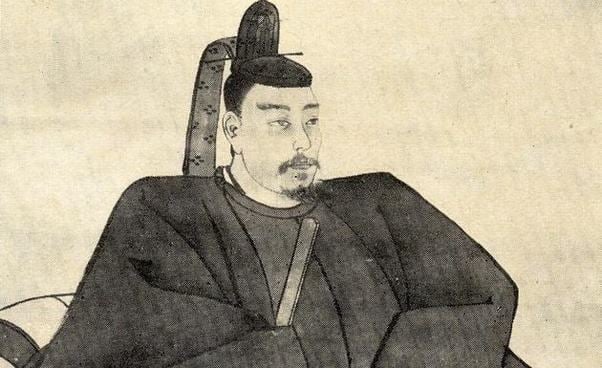
Yoritomo and the Minamoto clan descended from the imperial family on his father's side. Nonetheless, in Kyoto, the Taira clan, now under the leadership of Kiyomori, and the Minamoto clan, under the leadership of Yoshitomo, began to factionalize again.
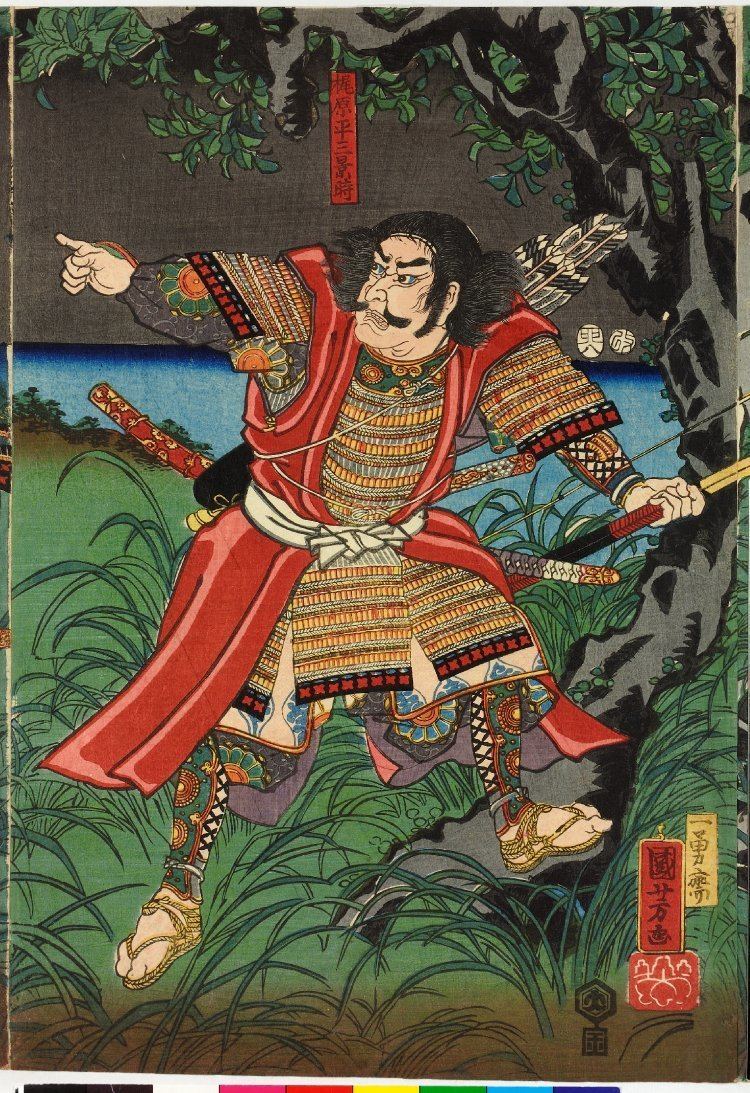
Kiyomori was supported by Fujiwara no Michinori (also known as Shinzei), while Yoshitomo was supported by Fujiwara no Nobuyori. This was known as the Heiji Rebellion. The ex-Emperor's and Shinzei's mansions were burned, while Shinzei was captured and decapitated. Nonetheless, the Minamoto were not well prepared, and the Taira took control of Kyoto. Yoshitomo fled the capital but was later betrayed and executed by a retainer.
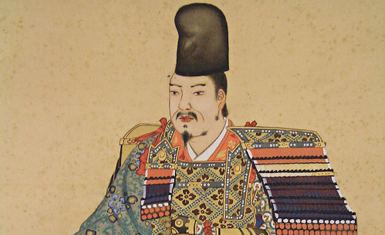
In the aftermath, harsh terms were imposed on the Minamoto and their allies. Only Yoshitomo's three young boys remained alive, so that Kiyomori and the Taira clan were now the undisputed leaders of Japan. Yoritomo, the new head of the Minamoto, was exiled. Yoritomo was not executed by Kiyomori because of pleas from Kiyomori's stepmother. Yoritomo's brothers, Minamoto no Noriyori and Minamoto no Yoshitsune were also allowed to live.
Yoritomo grew up in exile. He married into the Hōjō clan, led by Hōjō Tokimasa, marrying Tokimasa's daughter, Hōjō Masako. Meanwhile, he was notified of events in Kyoto thanks to helpful friends. Soon enough, Yoritomo's passive exile was to be over.
Family
Call to arms and the Genpei War (1180–1185)
In 1180, Prince Mochihito, a son of Cloistered Emperor Go-Shirakawa, humiliated by the Taira because of the Taira-backed accession of the throne of his nephew, Emperor Antoku (who was half Taira) made a national call to arms of the Minamoto clan all over Japan to rebel against the Taira. Yoritomo took part in this, especially after things escalated between the Taira and Minamoto after the death of Minamoto no Yorimasa and Prince Mochihito himself.
Yoritomo set himself up as the rightful heir of the Minamoto clan, and he set up a capital in Kamakura to the east. Not all Minamoto thought of Yoritomo as rightful heir. His uncle Minamoto no Yukiie and his cousin Minamoto no Yoshinaka conspired against him.
In September 1180, Yoritomo was defeated at the Battle of Ishibashiyama, his first major battle, when Ōba Kagechika led a rapid night attack. Yoritomo spent the next six months raising a new army.
In 1181, Taira no Kiyomori died, and the Taira clan was now led by Taira no Munemori. Munemori took a much more aggressive policy against the Minamoto, and attacked Minamoto bases from Kyoto in the Genpei War. Nonetheless, Yoritomo was well protected in Kamakura. His brothers Minamoto no Yoshitsune and Minamoto no Noriyori defeated the Taira in several key battles, but they could not stop Minamoto no Yoshinaka, Yoritomo's rival, from entering Kyoto in 1183 and chasing the Taira south. The Taira took Emperor Antoku with them. In 1184, Antoku was displaced by the Minamoto with Emperor Go-Toba as the new emperor.
From 1181 to 1184, a de facto truce with the Taira dominated court allowed Yoritomo the time to build an administration of his own, centered on his military headquarters in Kamakura. In the end he triumphed over his rival cousins, who sought to steal from him control of the clan, and over the Taira, who suffered a terrible defeat at the Battle of Dan-no-ura in 1185. Yoritomo thus established the supremacy of the warrior samurai caste and the first bakufu (shogunate) at Kamakura, beginning the feudal age in Japan which lasted until the mid-19th century. Yoritomo practiced shudō with Yoshinao, a member of the Imperial Guard.
Legacy
In December 1185, Go-Hirakawa granted Yoritomo the authority to collect the commissariat tax (the hyoro-mai or levy contribution of rice) and to appoint stewards (jito) and constables (shugo). Thus the Throne "handed to the leader of the military class effective jurisdiction in matters of land tenure and the income derived from agriculture". In the summer of 1189, Yoritomo invaded and subjugated Mutsu Province and Dewa Province. In December 1190 Yoritomo took up residence in his Rokuhara mansion at the capital, the former headquarters of the Taira clan. Upon the death of Go-Shirakawa in the spring of 1192, Go-Toba commissioned Yoritomo Sei-i Tai Shogun (Generalissimo). Thus a feudal state was now organized in Kamakura while Kyoto was relegated to the role of "national ceremony and ritual".
In the words of George Bailey Sansom, "Yoritomo was a truly great man ... his foresight was remarkable, but so was his practical good sense in setting up machinery to match his own expanding power."
Yoritomo's wife's family, the Hōjō, took control after his death at Kamakura, maintaining power over the shogunate until 1333, under the title of shikken (regent to the Shogun). One of his brothers-in-law was Ashikaga Yoshikane.
The gorintō (stone pagoda) traditionally believed to be his grave (see article Tomb of Minamoto no Yoritomo) is still maintained today, adjacent to Shirahata Shrine, a short distance from the spot believed to be the site of the so-called Ōkura Bakufu, his shogunate's administrative-governmental offices.
Eras of Yoritomo's bakufu
The years in which Yoritomo was shogun are more specifically identified by more than one era name or nengō.
